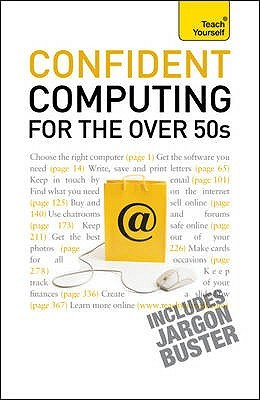New to online research? Unfamiliar with terms like "window," "scroll," and "desktop?" Study the tips and definitions on this page to build computer confidence and save time.
With keyboard:
Ctrl + F
F3
From menus:
Edit Find
From Word 2013 menu:
Home ribbon Find
With keyboard:
Ctrl + A
With mouse:
Right-click Select All
From menus:
Edit Select All
From Word 2013 menu:
Home ribbon Select Select All
With keyboard:
Ctrl + C
With mouse:
Right-click Copy
From menus:
Edit Copy
From Word 2013 menu:
Home ribbon Copy
With keyboard:
Ctrl + V
With mouse:
Right-click Paste
From menus:
Edit Paste
From Word 2013 menu:
Home ribbon Paste
With keyboard:
Zoom in: Ctrl + +
Zoom out: Ctrl + -
Reset zoom level: Ctrl + 0
With mouse:
Ctrl + mouse wheel
From menus:
View Zoom
From Word 2013 menu:
View ribbon Zoom
With keyboard:
Jump to the end: End
Jump to the top: Home
Scroll down: Page Down
Scroll up: Page Up
On shared or public computers, remember to sign out of your e-mail and other personal accounts when you're done.
 Confident Computing for the Over 50s
–
Confident Computing for the Over 50s
–
All websites, articles, images, videos, etc., linked on this site are provided for informational purposes only. External content is not maintained by James Sprunt Community College, nor does it represent the views of the College or its employees. Please notify the library staff if you have concerns about linked content. Students are expected to evaluate all web and print resources and to determine their appropriate academic uses. A hyperlink to a resource or article from these LibGuides does not constitute an endorsement of that resource or article by the library.
Do you have any suggestions or comments about this website?
Contact Us | Privacy Statement
James Sprunt Community College, P.O. Box 398, 133 James Sprunt Drive, Kenansville, NC 28349 | (910) 296-2400